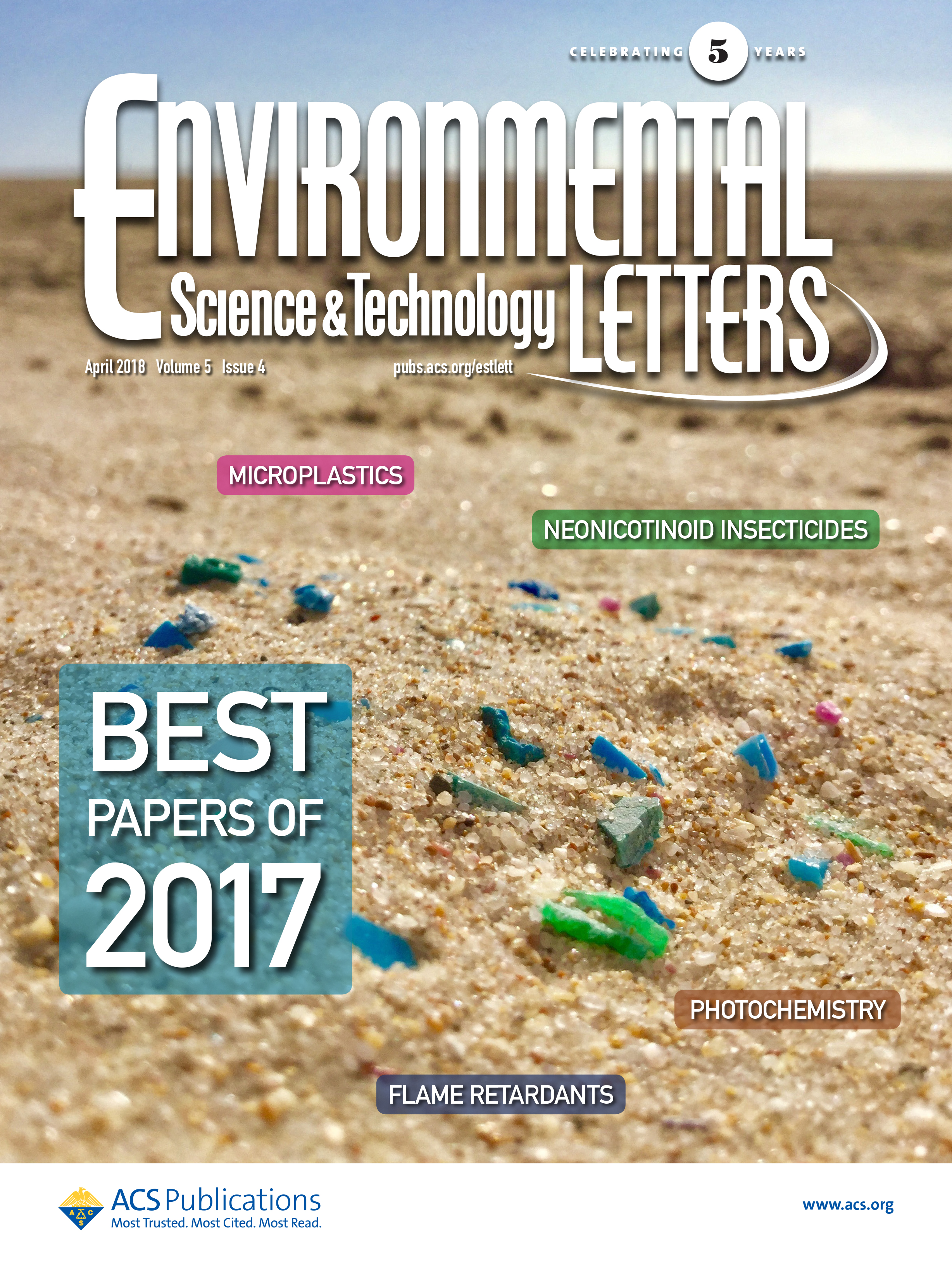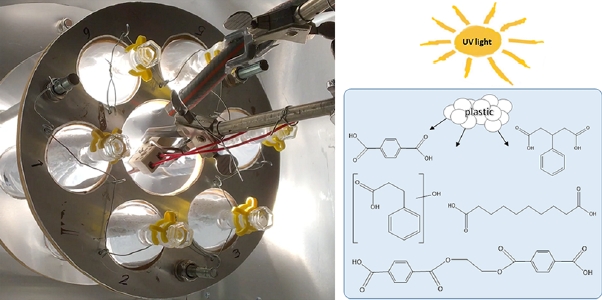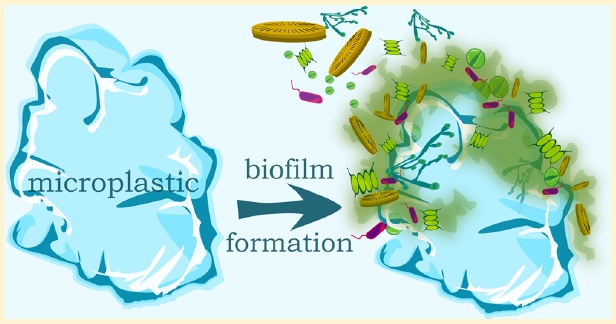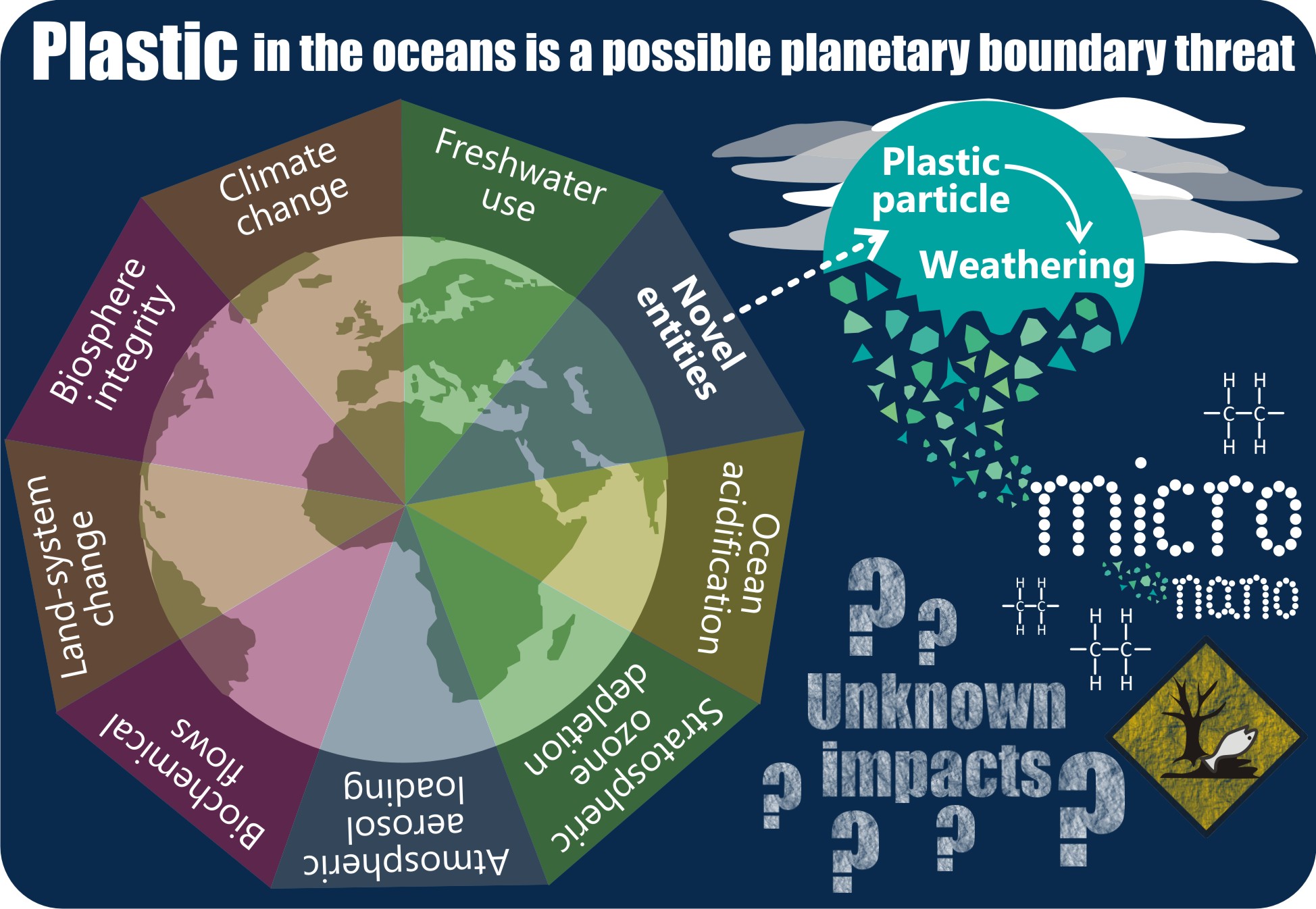Publications WEATHER-MIC
New papers and pre-prints out
Our WEATHER-MIC partners at Stockholm University have been very active and successful in publishing their research results recently. The papers include: Hydrophobic organic contaminants are not linked to microplastic uptake in Baltic Sea herring (Ogonowski et al., DOI: 10.1101/363127), Microplastic-mediated transport of PCBs? A depuration study with Daphnia magna (Gerdes et al., DOI: 10.1101/428151), A serial dilution method for assessment of microplastic toxicity in suspension (Gerdes et al., DOI: 10.1101/401331), Multi-level toxicity assessment of engineered cellulose nanofibrils in Daphnia magna (Ogonowski et al., DOI: 10.1080/17435390.2018.1464229) and Alterations in swimming behavior of Daphnia exposed to polymer and mineral particles: towards understanding effects of microplastics on planktonic filtrators (Gorokhova et al., DOI: 10.1101/406587). Congratulations to Elena and her group!
New posters presented at SETAC Rome
In addition to a presentation by Hans Peter Arp ("The Influence of Weathering on the Sinking Behavior of Microplastic in Freshwater and all Surface Waters"), that was very well perceived, two posters were presented at the SETAC Annual Meeting in Rome in May, 2018. Links can be found in the box "RELATED DOCS" to the right.
Best paper award for WEATHER-MIC Brief Review in ES&T Letters
Great news: The Brief Re view article Reducing Uncertainty and Confronting Ignorance about the Possible Impacts of Weathering Plastic in the Marine Environment, Annika Jahnke, Hans Peter H. Arp, Beate I. Escher, Berit Gewert, Elena Gorokhova, Dana Kühnel, Martin Ogonowski, Annegret Potthoff, Christoph Rummel, Mechthild Schmitt-Jansen, Erik Toorman, and Matthew MacLeod in Environmental Science & Technology Letters was selected by the journal's editors as one of the Best Papers in 2017 (Environ. Sci. Technol. Lett. 2017, 4 (3), 85−90 DOI: 10.1021/acs.estlett.7b00008).
view article Reducing Uncertainty and Confronting Ignorance about the Possible Impacts of Weathering Plastic in the Marine Environment, Annika Jahnke, Hans Peter H. Arp, Beate I. Escher, Berit Gewert, Elena Gorokhova, Dana Kühnel, Martin Ogonowski, Annegret Potthoff, Christoph Rummel, Mechthild Schmitt-Jansen, Erik Toorman, and Matthew MacLeod in Environmental Science & Technology Letters was selected by the journal's editors as one of the Best Papers in 2017 (Environ. Sci. Technol. Lett. 2017, 4 (3), 85−90 DOI: 10.1021/acs.estlett.7b00008).
Just published: Two new WEATHER-MIC papers
Two exciting new research arti cles have been published by the WEATHER-MIC consortium: (1) Identification of Chain Scission Products Released to Water by Plastic Exposed to Ultraviolet Light by Berit Gewert et al. (DOI: 10.1021/acs.estlett.8b00119) and (2) Evidence for selective bacterial community structuring on microplastics by Martin Ogonowski et al. (DOI: 10.1111/1462-2920.14120). Congratulations! Both articles will be turned into open access papers as soon as possible.
cles have been published by the WEATHER-MIC consortium: (1) Identification of Chain Scission Products Released to Water by Plastic Exposed to Ultraviolet Light by Berit Gewert et al. (DOI: 10.1021/acs.estlett.8b00119) and (2) Evidence for selective bacterial community structuring on microplastics by Martin Ogonowski et al. (DOI: 10.1111/1462-2920.14120). Congratulations! Both articles will be turned into open access papers as soon as possible.
"What we know and what we think we know about microplastic effects – A critical perspective"
There is a new paper available by Ogonowski, Gerdes & Gorokhova in the journal Current Opinion in Environmental Science & Health, 2018, 1:41–46. The abstract is: "Microplastic pollution is currently perceived as an environmental hazard, and adverse effects have been reported at various levels of biological organization. However, most experimental designs do not allow plastic-specific effects to be distinguished from those caused by other particles, such as clay and cellulose, which are naturally ubiquitous in the environment. We suggest that microplastic effects reported in recent ecotoxicological studies are similar to those induced by the natural particles. To provide a sound basis for risk assessment, experimental designs must not only be able to disentangle the effects of food limitation and particle toxicity but also demonstrate whether microplastics cause impacts that differ from those induced by natural particles."
New report by WEATHER-MIC partner NGI
Our partners at the Norwegian Geotechnical Institute recently released a report on "Microplastics in sediments on the Norwegian Continental Shelf". It is available from the webpage of the Norwegian Environment Agency.
New posters available
During the recent JPI-Oceans Conference in Lisbon (October 26, 2017), we presented a range of posters about our current activities. They can be accessed using the links to the right: "Related docs".
WEATHER-MIC publications
Rummel et al. have published a Brief Review paper in Environmental Science and Technology Letters (DOI: 10.1021/acs.estlett.7b00164) about the impacts of biofilm formation on the fate and potential effects of microplastic in the aquatic environment, see the open access paper.

Some of the WEATHER-MIC partners published a Commentary in Integrated Environmental Assessment and Monitoring (IEAM) recently: "From the sea to the laboratory: Characterization of microplastic as prerequisite for the assessment of ecotoxicological impact" (Potthoff et al.). The article is available as open access here.
The WEATHER-MIC consortium has published a Brief Review paper discussing microplastic being a possible planetary boundary threat in Environmental Science and Technology Letters (Jahnke et al., doi: 10.1021/acs.estlett.7b00008). It is available as open access here.

Some related papers by the consortium include:
Berit Gewert et al.: Abundance and composition of near surface microplastics and plastic debris in the Stockholm Archipelago, Baltic Sea. Marine Pollut. Bull. 2017, DOI: 10.1016/j.marpolbul.2017.04.062. Available here.
Martin Ogonowski et al.: The effects of natural and anthropogenic microparticles on individual fitness in Daphnia Magna. PLoS ONE 11(5): e0155063, doi:10.1371/journal.pone.0155063. http://dx.doi.org/10.1371/journal.pone.0155063
Christoph Rummel et al.: No measurable “cleaning” of polychlorinated biphenyls from Rainbow Trout in a 9 week depuration study with dietary exposure to 40% polyethylene microspheres. Environ. Sci.: Processes Impacts 2016, 18, 788-795, DOI: 10.1039/C6EM00234J. http://pubs.rsc.org/en/content/articlelanding/2016/em/c6em00234j#!divAbstract
Sofia Bejgarn et al.: Toxicity of leachate from weathering plastics: An exploratory screening study with Nitocra spinipes. Chemosphere 2015, 132, 114-119, doi:10.1016/j.chemosphere.2015.03.010. http://www.sciencedirect.com/science/article/pii/S0045653515002106
Berit Gewert et al.: Pathways for degradation of plastic polymers floating in the marine environment. Environ. Sci.: Processes Impacts 2015, 17, 1513-1521, DOI: 10.1039/C5EM00207A. http://pubs.rsc.org/en/content/articlelanding/2015/em/c5em00207a#!divAbstract
Elena Gorokhova: Screening for microplastic particles in plankton samples: How to integrate marine litter assessment into existing monitoring programs? Mar. Pollut. Bull. 2015, 99, 271-275, doi:10.1016/j.marpolbul.2015.07.056. http://www.sciencedirect.com/science/article/pii/S0025326X15004762
Our partner institution IKTS/Fraunhofer offers two brochures in German/English with information about microplastic particle imaging and imaging of microplastics for toxicological assessment.
